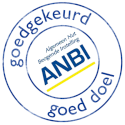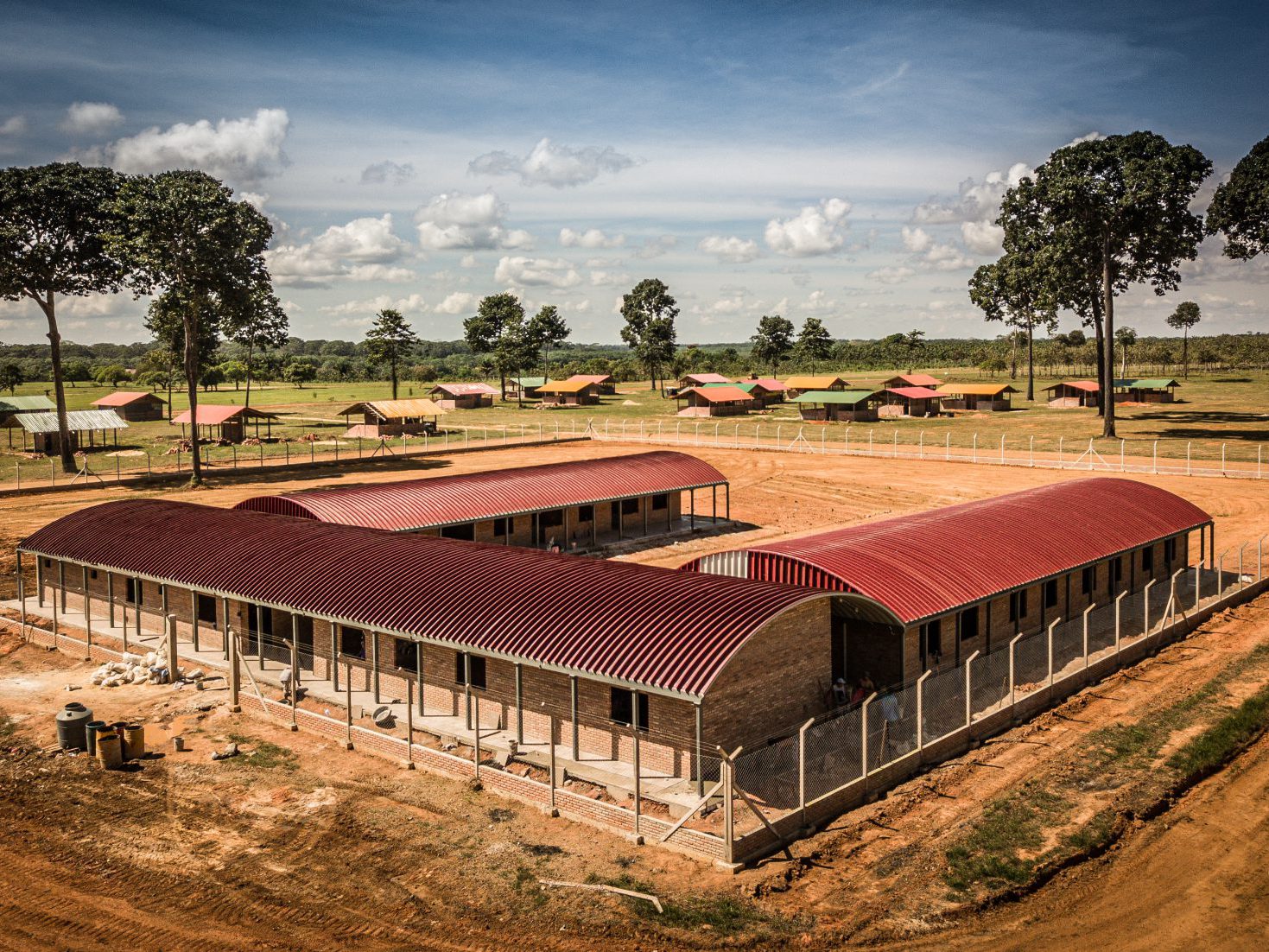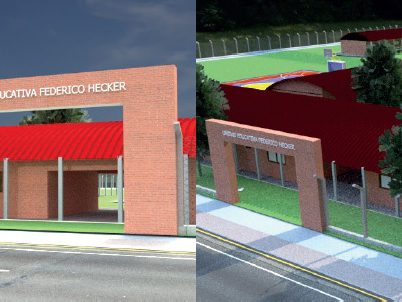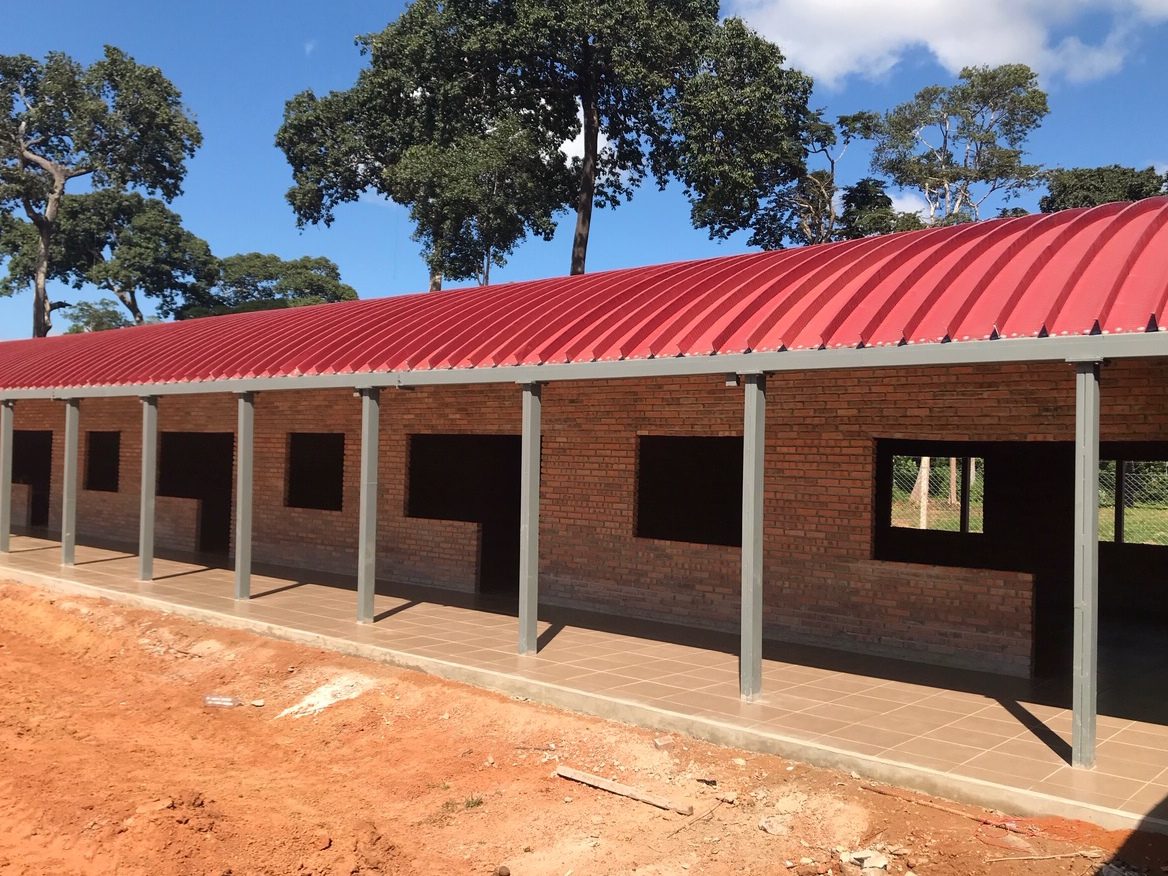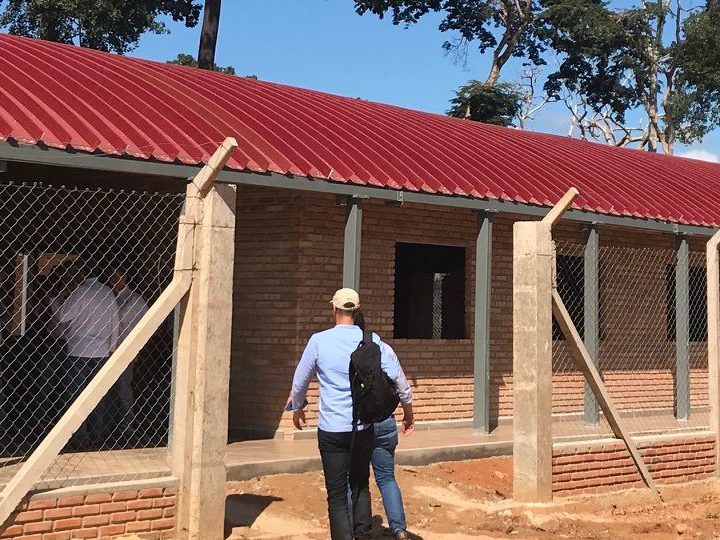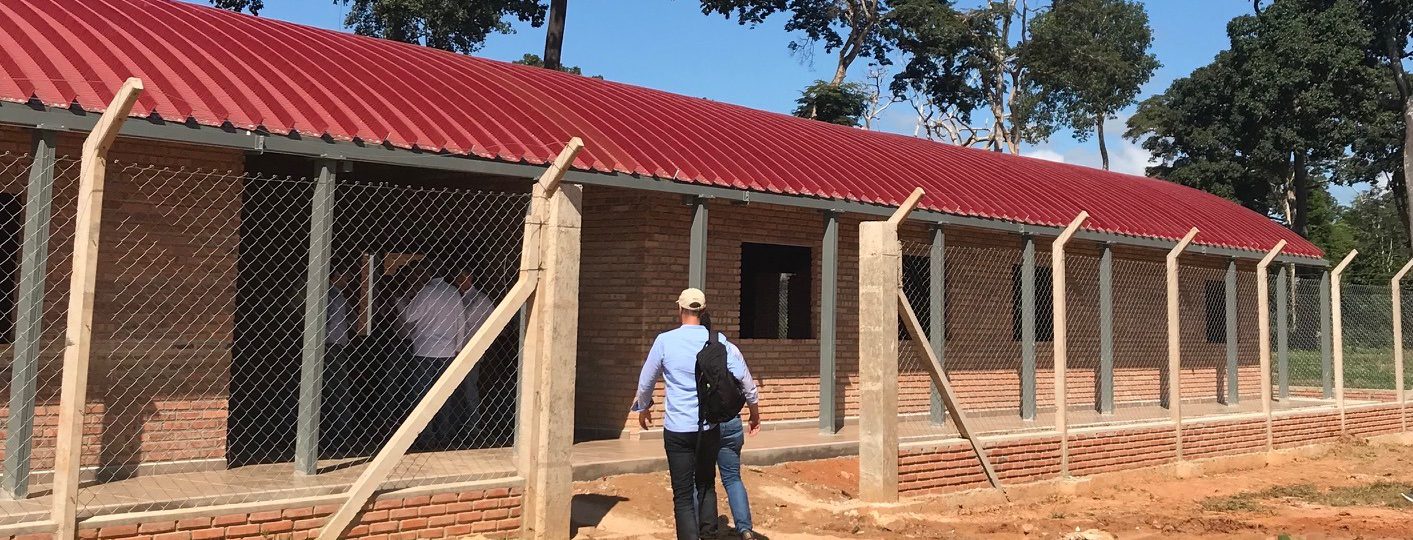
Project started: March 2019
In October 2018, the Trivium Foundation started a project with the Federico Hecker Foundation, which implemented social and ecological projects in rural areas of the Pando Department in Bolivia.
Families in rural Pando
The Department of Pando is home to Bolivia’s Amazon rainforest, with a total area of 6,382,700 hectares. This region has experienced a population growth of 190% in the past two decades. However, it continues to be the least populated and most underdeveloped Department in Bolivia. The population growth has occurred along with a displacement of the population to urban and suburban centers. Families in rural Pando heavily depend on the seasonal collection of Brazil nuts as their primary source of income. The result we witness today is a rural area with a low population density, over 500 widely dispersed, isolated communities across the department and critical shortcomings in providing essential services. Together with only seasonal economic opportunity has increased chronic poverty and migration.
Educational opportunities
In urban and rural areas, the type of education offered, and its opportunities are unequally distributed. Generally, the rural area only offers some elementary courses and not always the complete primary-education curriculum. The school’s infrastructure often does not meet the basic requirements, such as classrooms, restrooms, and recreational areas. In addition, many schools lack educational materials, school furniture and most importantly, teachers.
The benefit from the project
The building of a new school in the village of Fortaleza equals the infrastructure of a private rural educational unit, ensuring a good, dynamic, and sustainable education. The project aims to provide access to inclusive, equitable, and quality primary education for all children, benefiting more than 80 indigenous families. In the future, we want to use the facility to provide technical and vocational education with training opportunities to Fortaleza’s youth.
The construction of the new school began in October 2018 and finished in June 2019. In total, the school ground has an area of 1.200m2. In February 2020, the school operated for 100% containing 200 indigenous children from the rural Pando area.
The new school structures
- 8 classrooms, each of 49 m2 and with a capacity for 30 students
- 2 sanitary blocks with 5 bathrooms each
- A large multipurpose room, a library and a teacher’s room
- Good quality furniture adapted to the rainforest climate
- New schoolbooks and an equipped library
- A computer room
- A playground and multifunctional sports facility
Please let us know if you would like to receive more information about this project.

